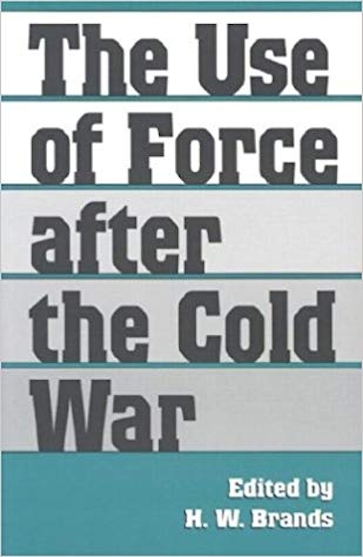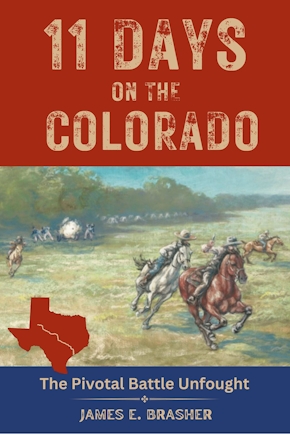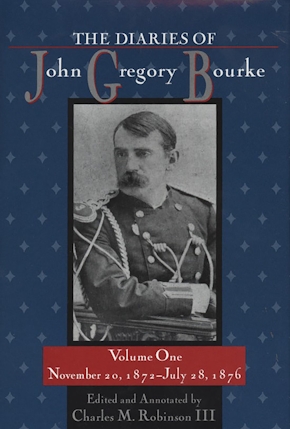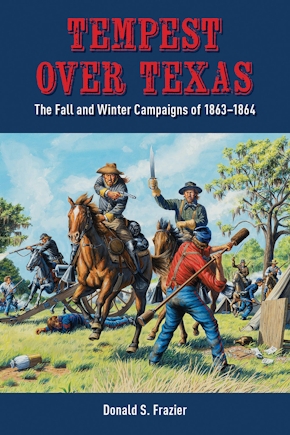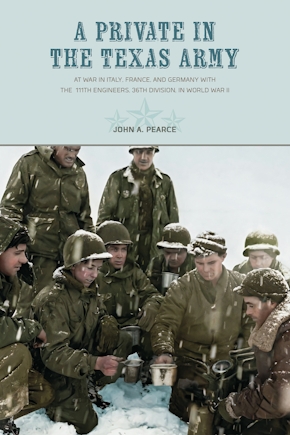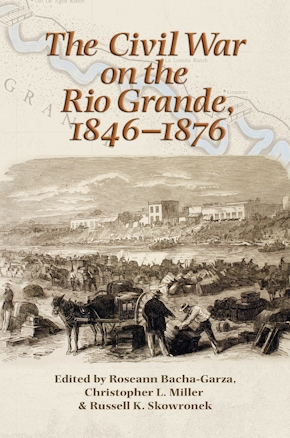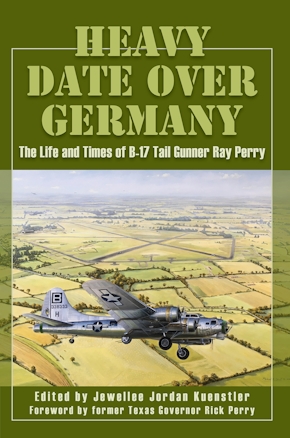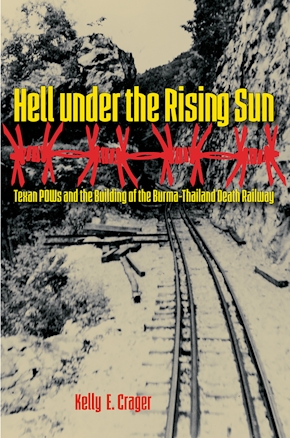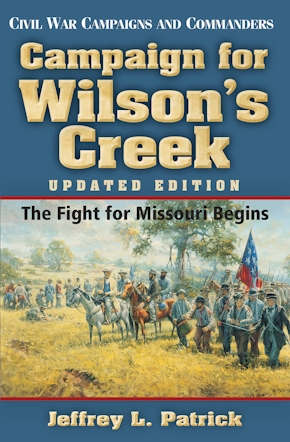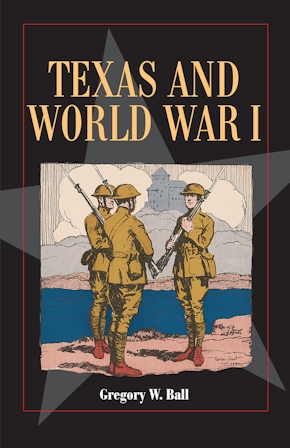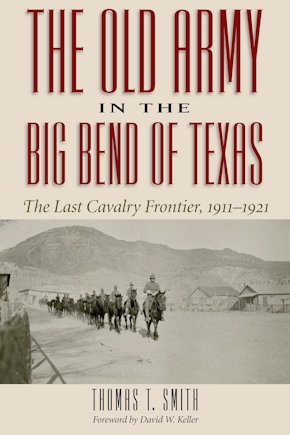The Use of Force after the Cold War
978-1-58544-303-1 Paperback
6.12 x 9.25 x 0 in
304 pp. 13 line drawings., 8 tables.
Pub Date: 04/01/2003
Available
BUY NOW
- Paperback $19.95 s
In this volume eleven leading scholars apply their particular expertise to understanding what (if anything) has changed and what has not, why the patterns are as they are, and just what the future might bring.
Together, the authors address political, moral, and military factors in the decision to use or avoid military force. Case studies of the Gulf War and Bosnia, analyses of the role of women in the armed forces and the role of intelligence agencies, and studies of inter-branch and inter-agency tensions and cooperation inform the various chapters. A strong and thoughtful introduction by H. W. Brands provides the context that ties together the themes and perspectives.
Scholars in this distinguished collection include Stephen Biddle, Alexander L. George, J. Bryan Hehir, Andrew Kohut, Andrew Krepinevich, James M. Lindsay, Charles Moskos, Williamson Murray, Bruce Russett, Tony Smith, and Susan L. Woodward. The volume will help scholars, policy makers, and concerned citizens contemplate national alternatives when force threatens.
Foreign Relations and the Presidency
About the Author
Published by Texas A&M University Press
